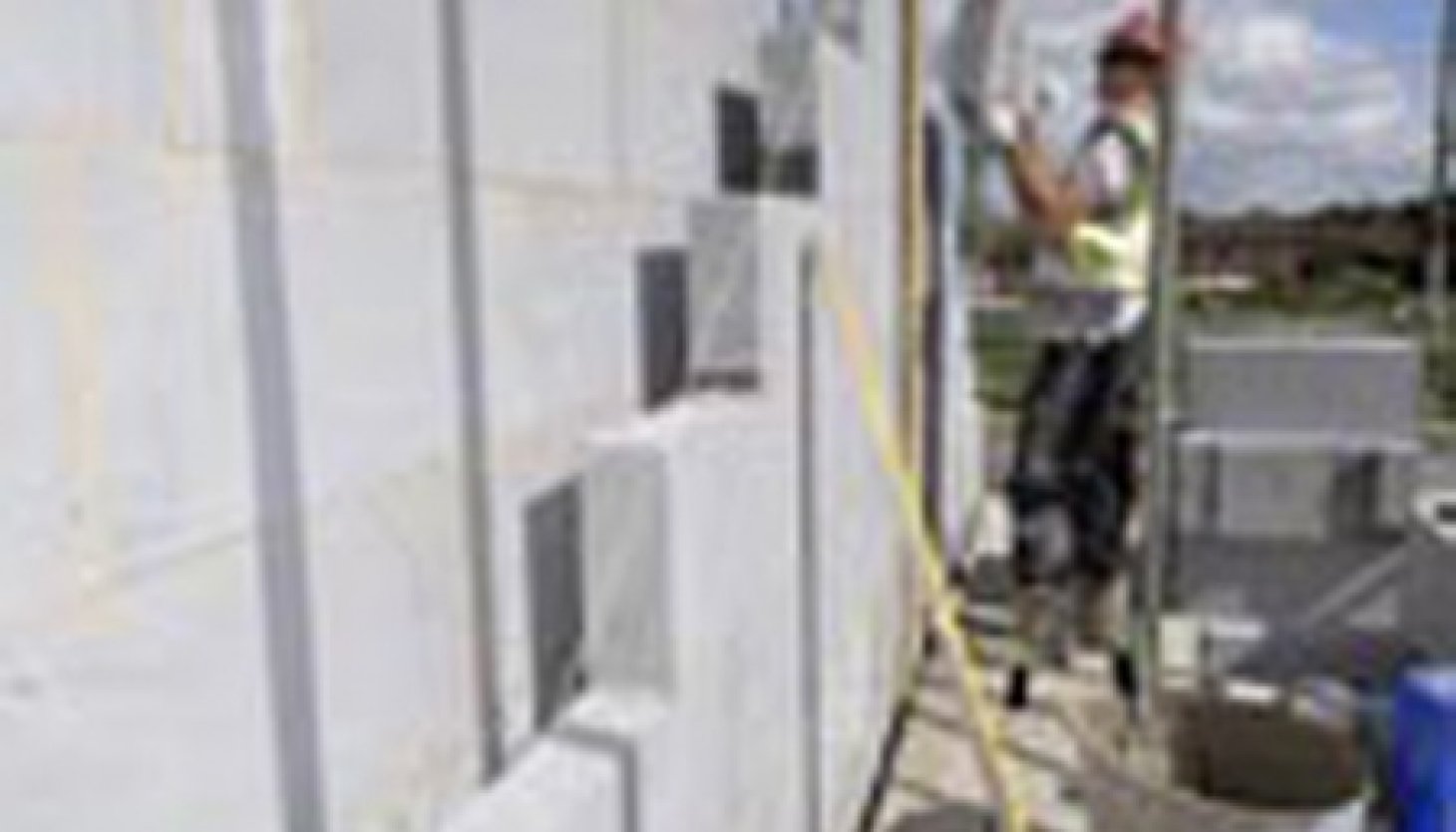
The system is easy to use and promotes the use of larger blocks with 2mm joints rather than the traditional 10mm joint. It can be used for solid wall and cavity wall construction in all types of buildings.
The benefits of using the Thin-Joint System:
- The walls of a building can be built faster and to a higher quality due to its combination of strength, resistance to moisture and thermal insulation properties. This allows follow-on trades to start work sooner in a weatherproof environment, whilst retaining the flexibility of on-site construction. Using the Thin-Joint System also enables walls to be built independently of the outer and inner leaf, taking the external brickwork off the project’s critical path.
- Celfix Mortar is cement based and supplied as a dry, pre-mixed powder in 25kg bags. It is easily mixed anywhere on site by simply adding the appropriate amounts of water – 4.5 litres per 25kg bag.
- Designed to replace traditional mortar, Celfix Mortar starts to set within 10 minutes of application and approaches full design strength in just 1 to 2 hours – as opposed to traditional mortar which can take 24 hours. This allows further loading to be applied.
- Celfix Mortar is applied with the correct sized proprietary scoop or sledge. This creates a consistent joint thickness of 2mm, saving time and creating a tidier joint.
- Block-work walls can be built from floor to ceiling height in the same day.
- The Thin-Joint System can be supplied to site as a structural masonry package, comprising the essential components including Celcon Blocks, Celfix Mortar and tools for Thin-Joint block-work. This eliminates any site confusion and reduces waste.
Recognised as a modern method of construction (MMC), the Thin-Joint System is an established build system in the UK construction industry which responds directly to UK Government initiatives to speed up the supply of housing, whilst improving the quality of build and reducing its environmental impact.
The system is also fully adopted as the preferred method of wall construction throughout most of Europe.